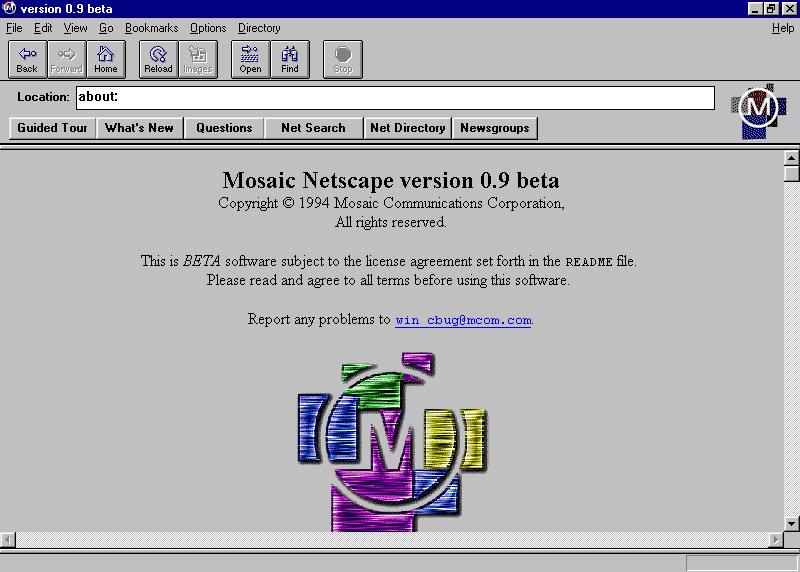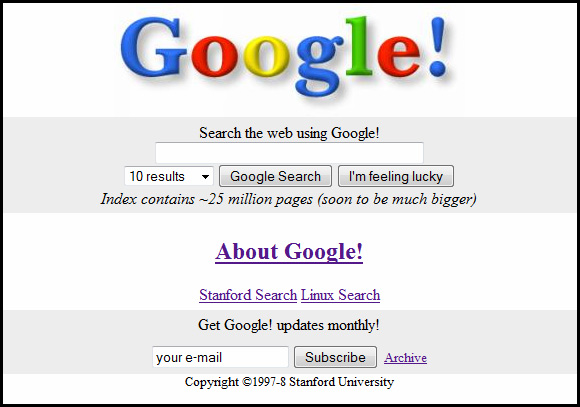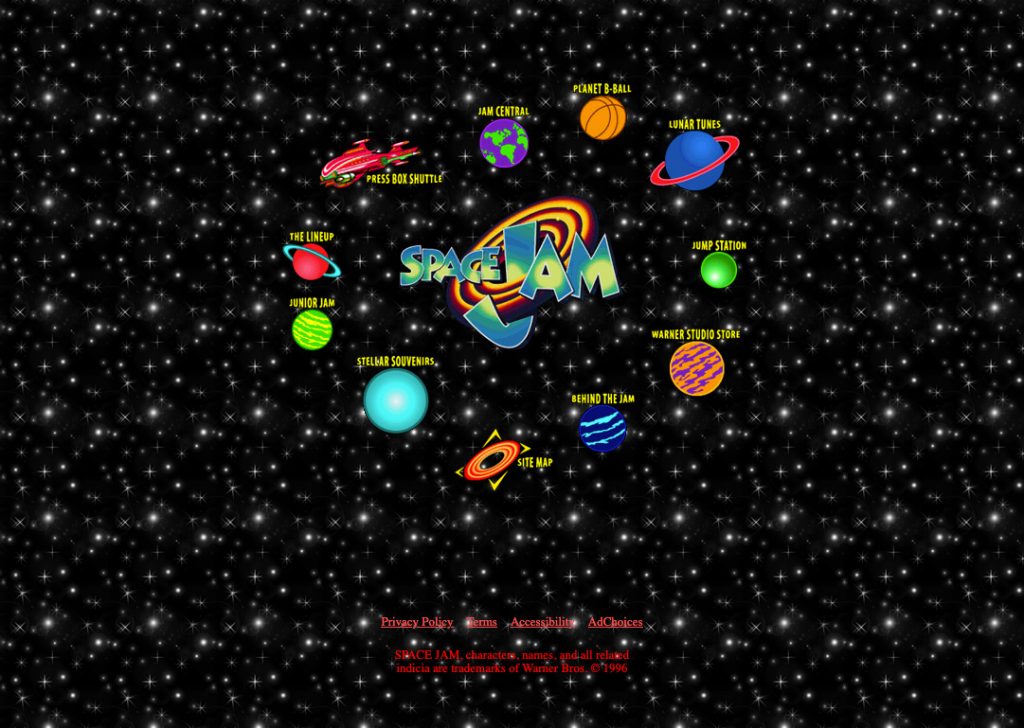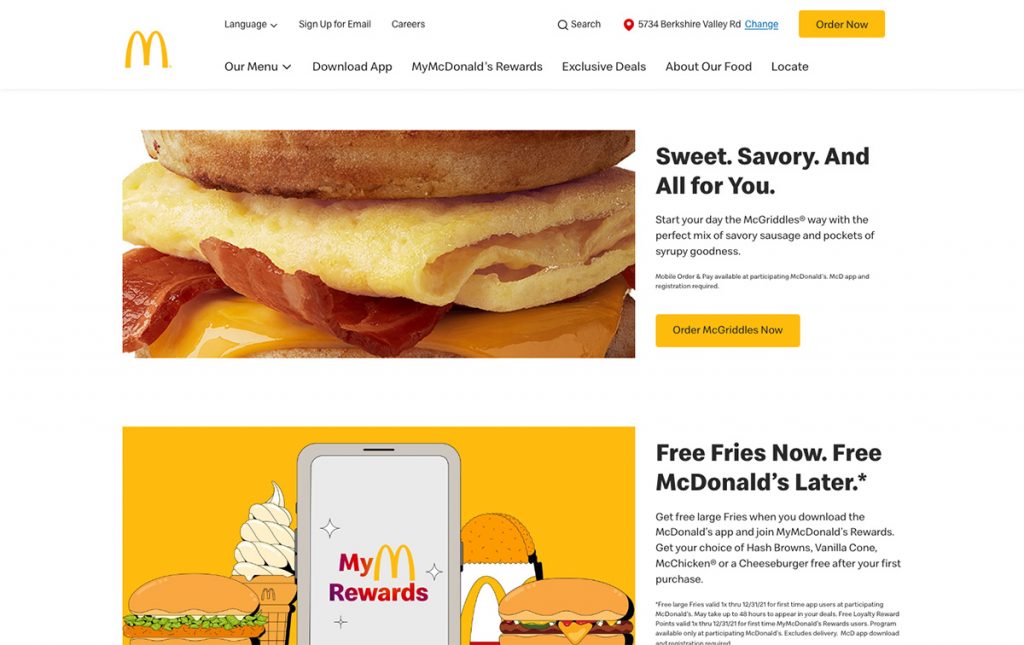
A History on How Website Design Became So Essential
Web design is a complex and multifaceted industry that has evolved extensively over the years. To cover its entire history, which spans over fifty years and includes the efforts of thousands of people, would take an entire book.
As we look back, we can see that each piece of this history has shaped the way that all of us engage with the online world in 2021. It gives us an understanding and appreciation for how we got to where we are today. It also gives us a place from which to look forwards and consider where web design might be going next.
Where it All Began
Sir Tim Burners-Lee proposed the idea for what we now know as the internet in 1989, while working as a computer scientist at the particle physics laboratory CERN. A year and a half later, Tim had created three technologies that would form the building blocks of the web: HTML, URI, and HTTP.
With the web rapidly gaining popularity, CERN made the underlying code freely available in 1993. This started a wave of innovation that continues to this day. The first basic web browsers gave way to the modern technology we use today, ecommerce websites came into being and revolutionized the way we buy goods and services, and web standards began to shape the internet into a technology for everyone.
We highly recommend the Web Design History Timeline if you’d like to understand more about the sheer magnitude and amplitude of web design’s history. But what were the most important milestones?
The Key Moments that Shaped Web Design
The First Web Browser

Source: WebDesignMuseum.org, “Mosaic Netscape version 0.9 beta”
Though not strictly the first browser, the first true step forward in web browsers came in the form of Mosaic Netscape 0.9, which was released in October 1994. This would later become the Netscape Navigator series of browsers. Previous web browsers could not load websites as a user accessed them, but Netscape loaded pages as they downloaded. The result? A smoother process for viewing websites and the wide adoption of Netscape, particularly on Windows.
Almost a year later, Microsoft released Internet Explorer 1.0. Though its features were limited compared to other browsers, having a browser included with the Windows operating system gave more people than ever an easy access point to the internet.
As a direct result, websites become more and more important to companies, who began to market them more aggressively to users. With this attention and capital being placed on websites, the profession we now know as web design was born.
The Rise of Google

Source: Pingdom.com, “The original Google website from 10 years ago”
As more people gained access to the internet, an easy mechanism for finding the right websites was needed. Prior to search engines, a user needed to know the specific IP address (and later the domain name) of a site to access it.
Google, despite being near-ubiquitous today, was not the first search engine. It was preceded by sites such as Lycos and Yahoo! Similar to Mosaic Netscape’s approach to browsers, Google took a different approach to helping users find websites. Instead of simply searching for strings of text, the Google Search tool assessed the relationship between various web pages, allowing users to find the most relevant content for them.
This shift meant that web design, as well as SEO—then in its infancy—became more important than ever. Increasing competition for page views and user attention meant that websites needed to provide the experience that users were looking for.
At this time, web design focused primarily on creating a visual impact. As such, the look and feel of websites became more varied than ever. Animated GIFs, Adobe Flash videos and animations, and increasingly creative designs, layouts, and even sounds were commonplace.
A great example of how the look of websites differed from today is the famous Space Jam (1996) website. This website still works even today, and you can visit it!

eCommerce Takes Hold
With websites becoming more accessible to the general public and web design becoming more sophisticated, it is no surprise that companies began to use the internet to sell goods.
The world’s best-known (and most notorious) ecommerce website, Amazon, launched in 1995. Upon seeing Amazon’s incredible success and growth, other companies started to use the internet to sell everything from books to clothes, pet food to toys, and much more.
The web design world reacted to this influx of ecommerce websites by focusing on a set of common best practices. As designers became more and more skilled, they were able to create websites that served user needs at the most basic level. Visual appeal took a backseat in favour of one simple goal: ensuring a website could sell a product.
The rise of online shopping was a major contributor to the exponential growth of the internet in the late 1990s. Companies began to buy up popular websites and competition exploded in a kind of digital gold rush. But this was ultimately unsustainable, and led to what is now known as the Dot Com Bubble crash in March 2000.
The crash caused many companies and their websites to fold. However, it also firmly embedded the internet as a fixture in everyday modern life.
Web Standards Unify the Web Design Community
The early days of web design were dominated by print designers, particularly young and tech-savvy ones. But as the demand for websites grew, web design became a more specialised profession. In the early days of this new frontier, web design techniques developed through a trial-and-error approach. This led to many different schools of thought on the best ways to design and develop websites.
A major turning point came in the form of the book Designing with Web Standards by Jeffrey Zeldman. The idea of web standards was not new, but this book was the first to explain why they mattered and what they meant for users and designers. This book was even my own original touchpoint with web standards. I still have my second edition copy at the office!

The importance of web standards cannot be divorced from web design. Since the late 1990s, codifying and continually updating these standards has been a key factor in the ways we design and build websites. The adoption of cascading style sheets, which allow styling of a website from a single file, the responsive designs that allow users to access sites on different screens and devices, and the many different types of fonts we use today are just some of the innovations we often take for granted.
Many of the advancements in web design over the last two decades can be attributed to web designers unifying around standards. In the mid to late 1990s, web design was highly visual, experiential, and occasionally just plain odd! Today, by contrast, we see a cleaner and more streamlined approach. This is partly due to the need for responsive designs that display a website consistently, and partly due to the widely held view that many of those first websites were “over designed” to the point of eccentricity.
This difference is illustrated nicely by the McDonald’s website evolution:
McDonald’s Website – 1996

McDonald’s Website – 2021

Web Design Becomes Mobile
Today’s users often forget that for much of its history, the web was only accessible through a computer. You’d need to boot up your desktop machine, connect to your modem, and literally log in to the internet. There are adults alive now who will not remember a time before they could pull out their smartphone to Google something (or a time before “to Google” became a verb!)
The earliest mobile internet-enabled device was Nokia’s 9000 Communicator, which first appeared in 1996. However, adoption of these devices was limited due to their basic functionality. That all changed when, in perhaps the biggest single shift in the internet’s history, Apple launched the first iPhone in 2007.

Source: Carl Berkeley from Riverside California, CC BY-SA 2.0, via Wikimedia Commons
The iPhone captured many up-and-coming innovations of the time. Simple web browsers on phones were becoming more common, internet search capabilities were maturing, and social media sites were exploding in popularity. Between 2003 and 2007, MySpace, Twitter, Reddit, YouTube, Flickr, and Facebook—to name just a few—became household names.
In the decade and a half since the first iPhone hit the shelves, the mobile user base of the internet has surpassed that of desktops. This incredible shift, which culminated in a time when many of us walk down the street with an internet-enabled touchscreen device in our pockets, has altered the internet itself.
This means that a web designer’s job is no longer simply to make a website. Today’s designers need to make websites that account for a myriad of screen sizes, from desktop devices to laptops to smartphones to tablets, as well as for a general population that is becoming more tech-savvy all the time. As a result, designers doubled down on the clean and minimalistic approach which allowed users to navigate sites more easily on a wide range of devices.
The Focus on User Experience
The term “user experience” was coined in 1995 by Donald Norman, Jim Miller, and Austin Henderson of Apple Computers. Today, it has become both a widely adopted term and a specialized area of web development.
Now that using the internet is part of daily life for billions of people, having a website is no longer something special but a basic expectation for any business or organisation. The success or failure of a website today is predicated on how fast, how usable, and how enjoyable it is.
Increased understanding about how people interact with websites and apps has birthed an array of new sub-disciplines within the web design field: user experience design, interaction design, and many more. Businesses of any size now can—and should—consider how to keep users returning to their websites, how to streamline the user experience to make it easier for users to purchase goods and services, and how to ensure their website is sending the right message.
As designers, the tools we use have evolved around user experience. Once upon a time, Photoshop and a text editing tool were all that was needed to create a serviceable website. But now we have sophisticated prototyping tools that allow us to create flowing, dynamic designs and enable us to better understand how our websites will work in a real-world setting.
For the first time, the shifts in web design have become shifts of inches rather than miles. Designers must now consider the finer points of button placement, website navigation, and even the most compelling copy and headlines to use if they are to stay ahead of the curve.
Two convergences: The Covid-19 Pandemic and User Privacy

It is not an exaggeration to say that the Covid-19 pandemic changed the world. As society went into lockdown across the United States and worldwide, the internet became a vital link to work, family, friends, and acquiring life’s necessities. As traditional retail establishments closed and face-to-face interactions were curtailed, people needed to rely on websites for virtually every facet of their daily lives.
Many businesses, especially those in the B2B market, had held off on making major website improvements before the crisis hit. This caught many of them off guard, and competitors that had invested more heavily into web design were much more well equipped to weather the storm.
At the same time as the world was learning to live with Covid-19, internet users were also becoming more and more aware of privacy issues. As legislation such as the GDPR and CCPA put privacy front and center, traditional ways of measuring a website’s performance were disrupted.
One study, for example, found that 96% of US users opt out of app tracking in iOS 14.5. This means that tools like Google Analytics, HotJar, and many other services that rely on tracking for their data may no longer reliably show ways to improve a website.
With these changes, it is both more essential and more difficult than ever for designers and site owners to know what improvements to make. Web designers are now relying more heavily than ever on gathering user research data to understand a business’s audience before making website improvements.
Looking Forward to the Future of Web Design
Since long before computers were even thought of, the world of design has responded to advances in technology and current events in society. From the monks who first illuminated their manuscripts with new inks and writing tools, to the Gutenberg Press which made the printed word accessible to mass audiences, to the rise of television and movies, design has always reflected and reacted to changes.
The exact same thing is true for the web. As designers, it is our job to keep a finger on the pulse of what is happening in our field and in wider society. By studying societal changes in the past and present, we can better predict how to deliver better user experiences and improve lives through web design.
What we are seeing today can broadly be categorized in two ways. First, we’re seeing an emphasis on user control and increased convenience. Tools such as Zoom, Calendly, and the various chat bots on the market all allow users more control over how they interact with companies, and newer technologies such as virtual reality (VR) and augmented reality (AR) have opened up even more options.
Conversely, we are also seeing an increased level of scrutiny regarding the ways in which these technologies impact people’s lives and their right to privacy. The central question when it comes to many new technological advancements is no longer “can we make this?” but “should we make this?” One example is the recent collaboration between Facebook and Ray-Ban to create “Smart Glasses”. A cool and innovative idea? Absolutely. But this technology has serious privacy implications and is far too open to abuse by those acting in bad faith.
Society is changing at an extraordinary rate. It is down to us as designers to respond to those changes. And we look forward to seeing where this amazing technology will take us next.


